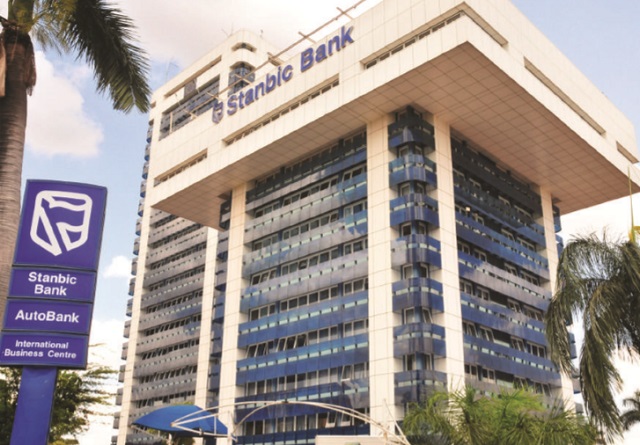
Banks setting up company to wipe bad loans off their balance sheets
After years of struggling to cope with borrowers failure to pay loans, Ugandan commercial banks have come together to form a joint company to deal with the problem on their behalf.
Formation of the company currently called the Asset Reconstruction Company (ARC) is ongoing and the banks appear reluctant to describe how it will be structured or work but it is clear the banks aim to use it to wipe bad loans, technically called Non-Performing Loans (NPLs) off their books.
“We want to concentrate on our core activity of credit extension and leave the rest of the work to the technical people of the ARC to handle,” said Annet Nakawunde Mulindwa, the managing director of Finance Trust Bank (FTB) in an interview with The Independent.
“Our interest is to grow people’s enterprises not to fail them or attach their collateral.
“It is painful for us to always recover loans through securities,” she said.
Stanbic Bank Chief Executive Officer, Patrick Mweheire, also said banks do not want to offer loans when borrowers are failing and unable to payback their obligations in a timely manner.
“Selling of securities is not only a last resort but it is also highly inefficient as it is littered with operational costs, legal hurdles and other bottlenecks to execution,” he said.
Loans that are not serviced by borrowers for the period of 90 days and above and are unlikely to be paid on time have become a major challenge for banks seeking higher profits and more leg-room for further lending to potentially cleaner clients.
Data from the central bank and Uganda Bankers Association (UBA) indicates that NPLs reached Shs1.2 trillion in 2016 – which is almost two times higher than last year and four times higher than in 2014 when NPLs were just Shs389 billion.
Central bank says new law needed to regulate assets recovery
BoU officials say, NPLs, presented in percentages reached 10% of total industry loan book in 2016, higher than 4% desired mark for the industry. As a result, industry profitability declined 44% year-on-year as asset quality deteriorated. The 4% was last recorded for the year ended December 2014.
This situation was attributed to the effects of the 2015 economic environment characterised by high interest rate environment and high exchange rates alongside, diversion of borrowed funds to bad investments, and political instability in Uganda’s largest neighboring export market, South Sudan.
Those involved in managing them say the rise in NPLs poses a systemic risk to the banking industry. This is mainly because when a bank lends out money, it must make a provision for the possibility that the money might not be paid back. The level of the provision goes up in proportion to the risk of non-payment. When a loan becomes non-performing; usually after 90 days of default on payments, the provision rises and when it either takes 360 and becomes a bad debt or 455 days and is written off in line with central bank regulations, the bank must raise 100% of the money borrowed to recapitalise the bank. This is intended to protect customers money deposited with the bank, but it also means that it reduces the bank’s ability to lend. Failure to issue new loans, in turn, means the capacity of banks to earn interest through lending is limited. This in turn increases the cost of credit, hence starving the private sector of credit in addition to constraining growth, investments and development.
 The Independent Uganda: You get the Truth we Pay the Price
The Independent Uganda: You get the Truth we Pay the Price


